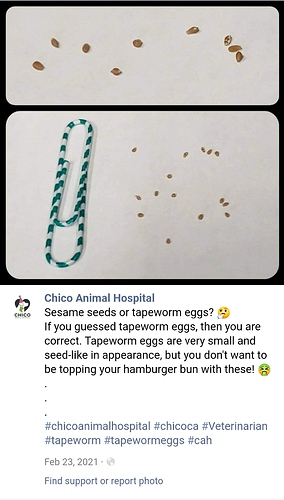I have a horse in my barn that seems to have de-wormer resistance - she came last winter and has been on outside board. Back in November she had to be on stall rest and day two, I noticed her poop full of large strongyles or round worms. We dewormed her right away, and for the next 5 days it was disgusting how many worms came out. Her pasture mates were dewormed at the same time.
Fast forward to two weeks ago and one of her pasture mates pooped out what looked like to be poop covered in eggs. Yesterday, mare’s owner noticed similar eggs in her horse’s poop.
When mare came she was thin, and had watery poop, but she has put on weight, and a feed change fixed her watery poop. Her owner had previously tried to resolve the worm issue with the power pack dewormer among other things.
Looking for advice on what I can try, including timing of when we should do it. (We are currently in mid winter/below freezing -the last dewormer was equimax and was done once we had a good hard frost).






